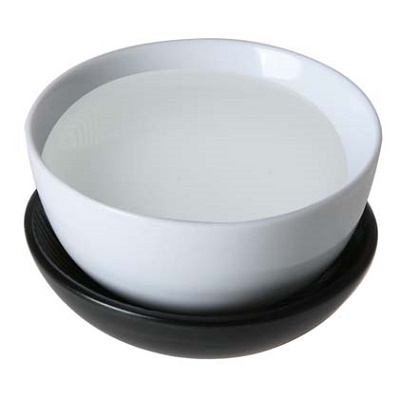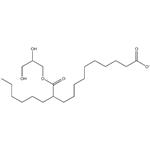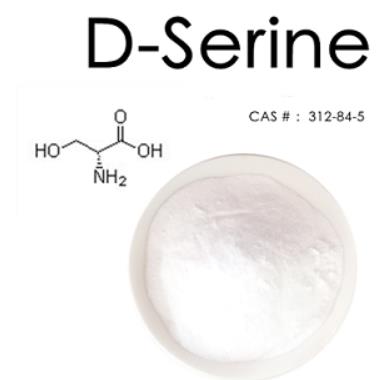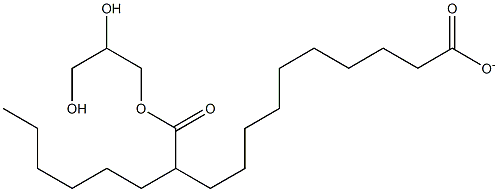What is Caprylic/capric triglyceride?
Sep 5,2023
Description
Caprylic/capric triglyceride (GTCC) is a colorless to yellowish oily liquid with almost no smell or taste. It should be stored at a temperature not exceeding 25 °C, without prolonged exposure to temperatures above 40 °C. As a mixture of natural coconut and palm kernel oil-derived triglycerides with caprylic and capric acids, it can be used as a substitute for mineral and vegetable oils. Caprylic/capric triglyceride is a digestible ingredient used in hundreds of personal care and household products such as baby wipes, lotions, cosmetics, deodorants, sunscreens, and hair care products[1].

Preparation
Caprylic/capric triglyceride is a mixed triester that mixes glycerol, caprylic acid, and capric acid. Heat and pressure are first applied to the coconut oil to hydrolyze it, separating the fatty acids and glycerol in the coconut oil. These acids are then esterified to regenerate glycerol[2]. The resulting oil is called Caprylic/capric triglyceride. Its properties are different from raw coconut oil.
Uses
Caprylic/capric triglyceride penetrate quickly into the skin. It helps the skin retain moisture, has a neutral color and odor, and is safe to use in cosmetic formulations, so it is widely added to cosmetics, such as a moisturizer. In the lab, Caprylic/capric triglyceride can be added as one of the core materials to synthesize fragrance nanocapsules. As a result, the addition of Caprylic/capric triglyceride can significantly reduce the size of the nanocapsules and improve the size distribution of the nanocapsules, and the prepared nanocapsules maintain good physical stability[3]. In 2016, Noh et al. prepared nanostructured lipid carriers by mixing different proportions of solid lipids and liquid lipids (caprylic/capric triglycerides) and loaded isoglycyrrhizin with nanostructured lipid carriers, and the prepared material was able to promote skin penetration of isoglycyrrhizin[4].
References
[1] ;Leite-Silva V, et al. Human skin penetration and local effects of topical nano zinc oxide after occlusion and barrier impairment. European Journal of Pharmaceutics and Biopharmaceutics, 2016; 104: 140-147.
[2] Driskell J, et al. Energy-Yielding Macronutrients and Energy Metabolism in Sports Nutrition. CRC Press, 1999; 22: 183.
[3] Ye K, et al. Use of caprylic/capric triglyceride in the encapsulation of dementholized peppermint fragrance leading to smaller and better distributed nanocapsules. RSC Advances, 2016; 6: 84119-84126.
[4] Noh G, et al. Ceramide-based nanostructured lipid carriers for transdermal delivery of isoliquiritigenin: Development, physicochemical characterization, and in vitro skin permeation studies. Korean Journal of Chemical Engineering, 2016; 34: 400–406.
- Related articles
- Related Qustion
- Caprylic/Capric Triglyceride: Origin, Applications in Cosmetic and Side Effects Feb 28, 2024
Caprylic/capric triglyceride, derived from coconut oil, is a effective moisturizing agent in cosmetics, offering hydration and anti-aging benefits but requiring caution due to potential skin reactions
Calcipotriene is a vitamin D derivative, primarily used for the treatment of plaque psoriasis.....
Sep 5,2023APID-Serine binds to the glycine site of the NMDA receptor, which is an amino acid that plays a role in cognitive enhancement, treatment of schizophrenia and depressive disorder.....
Sep 5,2023APICaprylic/capric triglyceride
73398-61-5You may like
Caprylic/capric triglyceride manufacturers
- CAPRYLIC /CAPRIC TRIGLYCERIDES
-

- 2025-12-14
- CAS:73398-61-5
- Min. Order:
- Purity: 0.99
- Supply Ability:
- Caprylic/Capric Triglyceride
-

- $0.00 / 1kg
- 2025-12-13
- CAS:73398-61-5
- Min. Order: 1kg
- Purity: 99%
- Supply Ability: 20MT
- Caprylic Capric Triglyceride
-

- $0.00 / 1KG
- 2025-12-13
- CAS:73398-61-5
- Min. Order: 1KG
- Purity: 98%min
- Supply Ability: 30tons/month





